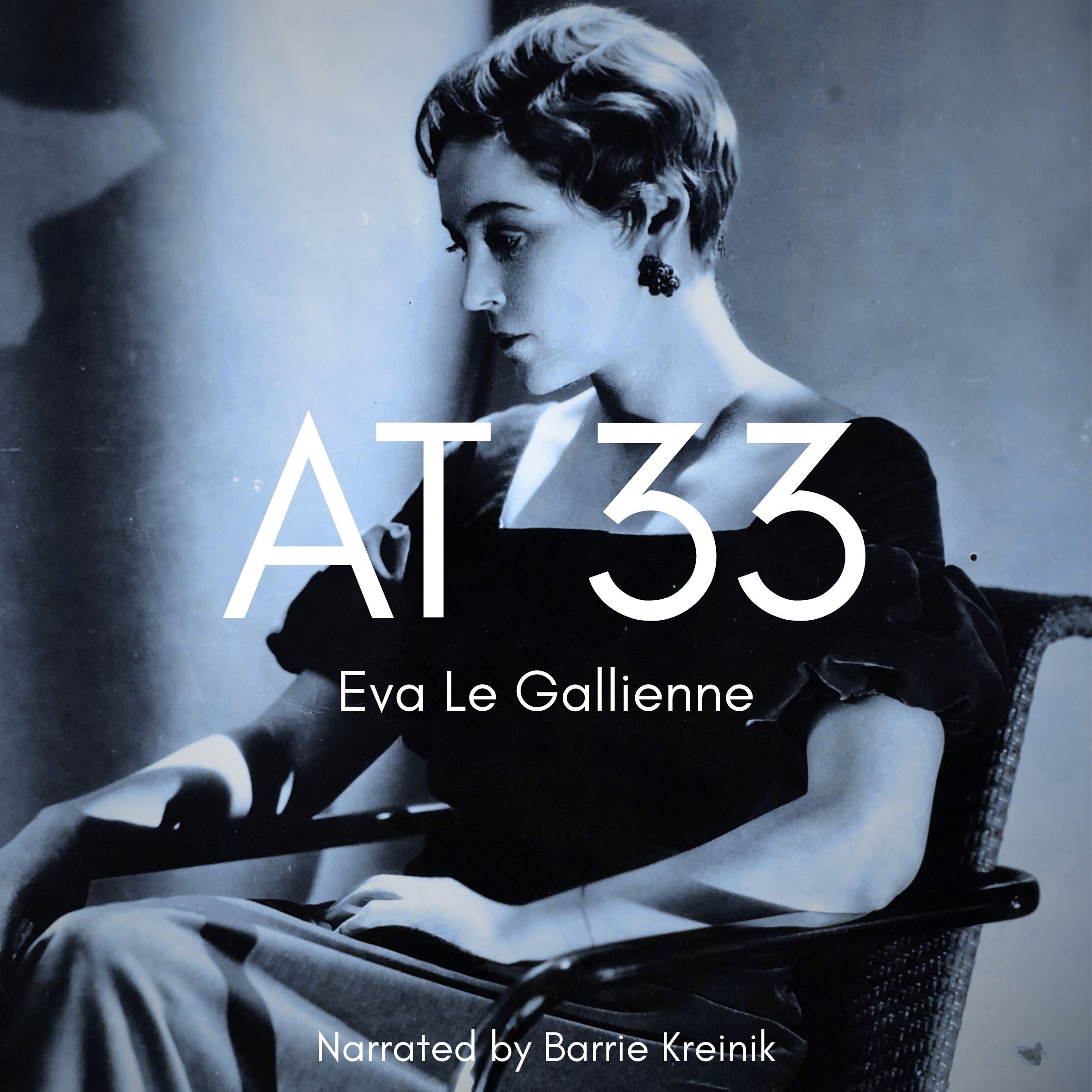Guangdong 2
Listen to Guangdong 2, a 19-year-old woman from Nanxiong, Shaoguan, Guangdong Province, China. Click or tap the triangle-shaped play button to hear the subject.
Both as a courtesy and to comply with copyright law, please remember to credit IDEA for direct or indirect use of samples. IDEA is a free resource; please consider supporting us.
BIOGRAPHICAL INFORMATION
AGE: 19
DATE OF BIRTH (DD/MM/YYYY): 14/06/1992
PLACE OF BIRTH: Nanxiong, Shaoguan, Guangdong Province
GENDER: female
ETHNICITY: Han Chinese
OCCUPATION: student
EDUCATION: Subject was in her first year at university when the recording was made.
AREA(S) OF RESIDENCE OUTSIDE REPRESENTATIVE REGION FOR LONGER THAN SIX MONTHS:
Prior to the recording, she had been living in Suzhou, Jiangsu, for seven months.
OTHER INFLUENCES ON SPEECH:
There have been few foreign influences on her speech. She left her hometown less than a year ago to come to University in Suzhou. However, her family are all teachers, and she began to learn English at a very young age. During the recording, she was anxious about her pronunciation and took pains to make it as correct as possible. This affected the spontaneity of the unscripted speech somewhat.
The text used in our recordings of scripted speech can be found by clicking here.
RECORDED BY: Bill McCann
DATE OF RECORDING (DD/MM/YYYY): 27/04/2011
PHONETIC TRANSCRIPTION OF SCRIPTED SPEECH: N/A
TRANSCRIBED BY: N/A
DATE OF TRANSCRIPTION (DD/MM/YYYY): N/A
ORTHOGRAPHIC TRANSCRIPTION OF UNSCRIPTED SPEECH:
(Ah) My hometown, Nanxiong, is a small town. (Um) My father and my mother are teacher and my grandfather are both teacher, so my family is –ah – ah is –ah – ah – is a family of teacher. (ah) I was growing (pause) up in ah Na- in a quiet town. I began to learn English when I was eight. I have visited Beijing, Guanzhou and Shanghai.
TRANSCRIBED BY: Bill McCann
DATE OF TRANSCRIPTION (DD/MM/YYYY): 27/04/2011
PHONETIC TRANSCRIPTION OF UNSCRIPTED SPEECH: N/A
TRANSCRIBED BY: N/A
DATE OF TRANSCRIPTION (DD/MM/YYYY): N/A
SCHOLARLY COMMENTARY:
Short readings from the analects of Confucius
The subject now goes on to read the following abstracts from the Analects of Confucius in her own Nanxionghua dialect. (See the detailed commentary below.) She did not provide a pinyin transliteration. The Chinese dialects are spoken languages only; Putonghua is used for writing. A comparison with any of the other samples in this archive will demonstrate the vast differences in sound between the Mandarin (Hebei1, for example), Wu (any of the Jiangsu samples) and Yue dialects. A comparison of the English sections is also illuminating, as we are now beginning to build a database that will allow us to discern the subtle influence of local dialects on the pronunciation of English by Chinese students. See the end of the commentary below for some initial notes on this.
KEY: A = Mandarin (Simplified); B = Mandarin (Pingyin); D = English.
孔子: 论语 – Kǒng zǐ : lún yǔ – Kon zi:leng yu – Confucius: Lun Yu
學而第一 – xué ér dì yī – Xué ér dì yī – Chapter One
A: 1-1:- 子曰: 學而時習之、不亦說乎。
B: yī-yī :- zǐ yuē: xué ér shí xí zhī, bù yì yuè hū.
D: 1-1:- The Master said: Is it not pleasure to learn, and practice what is learned time and again?
A: 1-2:- 有朋自遠方來、不亦樂乎。
B: yī-èr:- yǒu péng zì yuǎn fāng lái, bù yì lè hū.
D: 1-2:- Is it not happiness to have friends coming from distant places?
A: 1-3:- 人不知而不慍、不亦君子乎。
B: yī-sān: rén bù zhī ér bù yùn, bù yì jūn zi hū.
D: 1-3:- Is it not virtue for a man to feel no discomposure when others take no note of him?
為政第二 – wéi zhèng dì èr – wéi zhèng dì ér – Chapter two
A: 2-2:- 子曰:「詩三百,一言以蔽之,曰:『思無邪』。
B: èr-èr:- zǐ yuē: shī sān bǎi, yī yán yǐ bì zhī , yuē: sī wú xié.
D: 2-2:- The Master said: In the Book of Odes there are three hundred poems, but they may be summarized in a single sentence: Think no evil.
A: 2-7:- 子游問孝。子曰:今之孝者,是謂能養。至於犬馬,皆能有養;不敬, 何 以別乎。
B: èr-qī:- zǐ yóu wèn xiào. zǐ yuē: jīn zhī xiào zhě, shì wèi néng yǎng. zhì wū quǎn mǎ, jiē néng yǒu yǎng; bù jìng, hé yǐ bié hū.
D: 2-7:- Zi You asked what filial piety was. The Master said: Nowadays, providing support for one’s parents is considered filial piety. But dogs and horses can also do this. If there is no respect, what is the difference?
A: 2-10:- 子曰:「視其所以,觀其所由,察其所安。人焉叟哉?人焉叟哉?
B: èr-shí :- zǐ yuē: shì qí suǒ yǐ , guān qí suǒ yóu, chá qí suǒ ān. rén yān sǒu zāi? rén yān sǒu zāi?
D: 2-10:- The Master said: Watch what a man does. Find out his motives. See how he takes his ease. How then can the man hide his true self? How can the man hide his true self?
Commentary
Situated on the South China Sea coast,Guangdong is China’s richest province, followed by Jiangsu and Shandong in second and third place. “Guang” means “expanse” or “vast,” and has been associated with the region since the creation of Guang Prefecture in 226 CE during the Three Kingdoms Period. “Guangdong” and neighburing Guangxi literally mean “expanse east” and “expanse west.”
The modern abbreviation Yue is a shortened form of Baiyue, a collective name for various peoples living in Guangdong and other areas in ancient times. For our purposes, the historical development of the province is best followed by the looking at the development of the Chinese language spoken in Guangdong– Yue.
This is commonly known in the West as Cantonese, and is a primary branch of Chinese spoken in southern China. Spoken Cantonese is mutually unintelligible with other varieties of Chinese, though intelligible to a certain degree in its written form. Apart from Guangdong, the areas of China with the highest concentration of speakers are eastern Guangxi and the regions of Hong Kong and Macau.
In English, the term “Cantonese” originally referred to the Guangzhou (Canton) dialect of Yue, but it is now commonly used for Yue as a whole. In order to avoid confusion, it is better to call the primary branch of Chinese Yue and either restrict “Cantonese” to its common usage as the dialect of Guangzhou, or avoid the term “Cantonese” altogether and distinguish Yue from Guangzhou (Canton) dialect. This is the usage followed here.
A notable feature of Yue is that, in some respects, it is closer to classical Chinese in its pronunciation and some grammatical aspects than Mandarin. For example, the pronunciation of all modern varieties of Chinese are different from Old Chinese or Middle Chinese, characters that once rhymed in poetry may no longer do so today; however, many poems that no longer rhyme in Mandarin still do so in Yue. For this reason, Yue retains a flavor of archaic and ancient Chinese, which can be used to study ancient Chinese culture where the Mandarin dialects let us down.
Guangdong, well removed from the center of the developing ancient Chinese civilization in the north China plain, was populated by peoples collectively known as the Baiyue. What we would recognize as Chinese administration in the region began with the Qin Dynasty (221 -206 BCE), which unified China for the first time. In this period, many Han people began settling in what was then called the Lingnan area. This migration introduced the Chinese language to this area. The mixing of the Han and Yue peoples continued during the Sui (581 – 618), Tang (618 – 907) and Song (960 – 1279) dynasties, which dramatically increased the population of the south. The language that the refugee Han Chinese brought to the south was the ancient language pre-dating the influence of the Mongolian and Manchu invasions.
After establishing the first unified Chinese empire, the Qin expanded southwards and set up Nanhai Commandery at Panyu, near what is now part of Guangzhou. This enjoyed a short period of independence as Nanyue after the fall of the Qin but was re-integrated by the Han who administered Guangdong, Guangxi, and northern Vietnamas Jiaozhi Province. Under the Wu Kingdom of the Three Kingdoms Period (220 – 265), what is now Guangdong was established as Guang Province, in 226.
Today, we find that Yue pronunciation and vocabulary bear many similarities to the official language of the Tang dynasty. It is believed that the remoteness of the area, in terms of greater China, and inefficient transport to Guangdong created an environment in which this language remained largely intact after it arrived. The differences between central Chinese and Yue became more significant, and the languages became more independent of one another, during the succeeding Song, Yuan (1271 – 1368) and Ming (1368 – 1644) dynasties.
In the late Qing Dynasty (1644 – 1911), Guanzhou (Canton) was one of only a few cities allowed to conduct foreign trade, with the result that some foreigners learned Yue and some Imperial government officials spoke the Yue dialect. It was, of course, the language of Portuguese Macau and British Hong Kong through which it was transmitted to other parts of Asia and Cantonese settlements in the West.
The Yue language includes several dialects, of which The Guangzhou (Canton) dialect of Yuehai is the prestige dialect and social standard of Yue. In some respects, Yue is a more conservative language than Mandarin. For example, Yue has retained ancestral consonant endings that have been lost in Mandarin – Putonghua has 23 syllable rhymes while Yue has 59, leading Putonghua to rely heavily on compounding and context for meaning. On the other hand, Yue has lost distinctions in the initial and medial consonants which Mandarin has retained, and Wu Chinese has preserved the three series of stop consonant initials from Middle Chinese that both Mandarin and Yue have reduced to two.
Yue sounds quite different from Mandarin, mainly because it has a different set of syllables. The rules for syllable formation are different; for example, there are syllables ending in non-nasal consonants (e.g. “lak”). It also has different tones and more of them than Mandarin, 6, 7 or 8 depending on whether a traditional distinction between a high-level and a high-falling tone is observed.
However, there are also clear sound correspondences in the tones. For example, a fourth-tone (low falling tone) word in Yue is usually second tone (rising tone) in Mandarin. This can be partly explained by their common descent from Middle Chinese (spoken), still with its different dialects. One way of counting tones gives Yue nine tones, Mandarin four, and Late Middle Chinese eight. Within this system, Mandarin merged the so-called “yin” and “yang” tones except for the Ping (平, flat) category, while Yue not only preserved these, but split one of them into two over time. Also, within this system, Yue and Wu are the only Chinese languages known to have split a tone, rather than merge two or more of them, since the time of Late Middle Chinese.
The sample’s hometown is Nanxiong, in the Shaoguan district, northeast Guangdong and is linguistically quite interesting. Her native dialect is Nanxionghua, which is a Yue dialect in an area where the predominant language is Kejia (Hakka). There are, therefore, elements of Kejia in her dialect.
Kejia, is one of the main subdivisions of the Chinese language, and because the Kejia people lived in scattered isolated regions, where communication was limited to the local area, it has developed numerous variants or dialects. Among these, the Méixiàn dialect of northeast Guangdong has been typically viewed as a prime example of the Kejia language, forming a sort of standard dialect. Kejia is not mutually intelligible with Mandarin, Wu, and most of the significant spoken variants of the Chinese language.
A 2001 study of Nanxionghua points out that while the city of Nanxiong itself speaks Nanxiong dialect, the countryside around it speaks mostly Kejia (Hakka). However, the city dialect is older in the region than Hakka, with the expansion of Hakka speakers in the Nanxiong region taking place only after the late Ming, when the Nanxiong dialect was already established here and spoken in and around Nanxiong city.
The study concludes that, although Hakka and Nanxiong differ in their mode of devoicing, the dialect of Nanxiong city has a split treatment of the entire Zhuoshang category remarkably similar to Hakka in its lexical incidence. (Zhoushang describes the sound change pattern used to distinguish Chinese dialect groups.) This suggests that they share a recent common ancestor, from which the Zhuoshang split was inherited. It is argued that the set of Zhuoshang words that have tone 1 in standard Hakka and tone 1 or 2 in Nanxiong had tone 4 in the parent language. It is also argued that that this common ancestor had not yet merged its quanzhuo initials with the voiceless aspirated initials. The ancestral tone 4 then merged with tone 1 in Hakka, and with tone 1 or 2 in Nanxiong, and devoicing occurred separately in Nanxiong and Hakka.
Until we have more samples from the Yue region, it is unwise to draw too many conclusions; however, there are some significant differences between this sample’s English and that of the English spoken by the native Putonghua speakers. In particular, there is no trace at all of the aspirated /h/ that is so common in all of our other samples. This speaker also seems not to have any difficulty with the /θ/ – /s/ and /ʒ/ – /s/ minimal pairs. One curious problem seems to be with /s/ as a plural; this is consistently missing from “teachers,” for example.
COMMENTARY BY: Bill McCann
DATE OF COMMENTARY (DD/MM/YYYY): 27/04/2011
The archive provides:
- Recordings of accent/dialect speakers from the region you select.
- Text of the speakers’ biographical details.
- Scholarly commentary and analysis in some cases.
- In most cases, an orthographic transcription of the speakers’ unscripted speech. In a small number of cases, you will also find a narrow phonetic transcription of the sample (see Phonetic Transcriptions for a complete list). The recordings average four minutes in length and feature both the reading of one of two standard passages, and some unscripted speech. The two passages are Comma Gets a Cure (currently our standard passage) and The Rainbow Passage (used in our earliest recordings).
For instructional materials or coaching in the accents and dialects represented here, please go to Other Dialect Services.
 IDEA: International Dialects of English Archive
IDEA: International Dialects of English Archive




